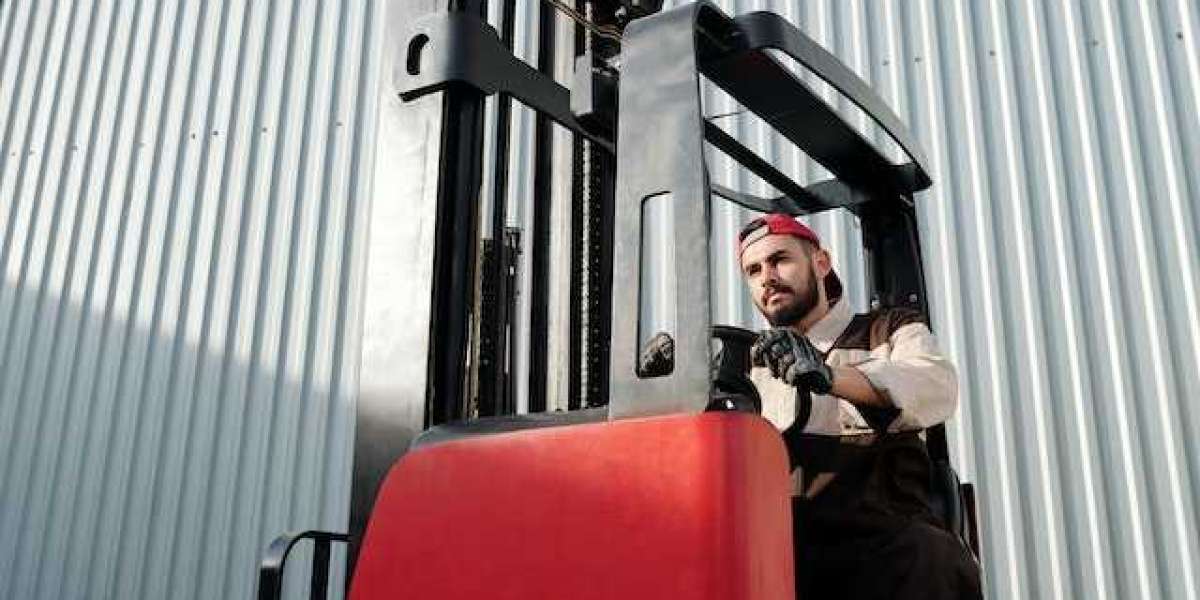The transportation of dangerous goods is a critical aspect of many industries, including manufacturing, chemical production, and transportation sectors. However, the handling and movement of hazardous materials require strict adherence to regulations to ensure public safety and minimize potential risks. This article provides an overview of the transportation of dangerous goods, including key regulations, safety measures, and the importance of compliance.
Definition of Dangerous Goods
Dangerous goods, also known as hazardous materials, refer to substances or articles that pose potential risks to health, safety, property, or the environment. These goods can include flammable, explosive, toxic, corrosive, or radioactive materials, among others. Examples of dangerous goods include gasoline, chemicals, compressed gases, and radioactive isotopes.
Regulations and Compliance
Transporting dangerous goods is subject to stringent regulations to ensure the safety of individuals, communities, and the environment. The International Maritime Dangerous Goods (IMDG) Code, the International Civil Aviation Organization (ICAO) Technical Instructions, and the United Nations Recommendations on the Transport of Dangerous Goods serve as guidelines for the transportation of dangerous goods worldwide. In addition, individual countries and regions often have their specific regulations to further regulate the transportation process.
Key Considerations for Transportation
- Proper Classification: Dangerous goods must be accurately classified based on their properties and potential hazards. This classification determines the appropriate packaging, labeling, and handling requirements.
- Packaging and Labeling: Packaging for dangerous goods should be designed to withstand the associated risks and prevent leaks or spills. Proper labeling and marking, including hazard symbols, UN numbers, and proper shipping names, are crucial for identifying the nature of the goods.
- Documentation and Training: Adequate documentation, including shipping manifests, emergency response plans, and safety data sheets, must accompany the transport of dangerous goods. Personnel involved in handling and transportation should undergo comprehensive training to ensure they understand the risks and follow proper safety protocols.
Safety Measures and Best Practices
- Proper Handling and Storage: Dangerous goods should be handled with care to prevent accidents or contamination. Storage areas should be secure, well-ventilated, and equipped with appropriate safety features.
- Emergency Response Preparedness: Companies involved in the transportation of dangerous goods should have robust emergency response plans in place. This includes training employees in emergency procedures, providing appropriate safety equipment, and establishing communication channels with relevant authorities.
- Inspections and Audits: Regular inspections and audits are essential to identify potential hazards, ensure compliance with regulations, and address any deficiencies promptly. These inspections may be conducted by regulatory authorities or internal safety teams.
Forklift Walkie: A Versatile Material Handling Solution
In the world of material handling, forklifts play a vital role in efficiently moving goods and materials within warehouses, distribution centers, and various industrial settings. Among the different types of forklifts available, one popular and versatile option is the forklift walkie also known as a walkie stacker or pedestrian-operated forklift. This article explores the features, benefits, and applications of the forklift walkie in material handling operations.
Features and Functionality
- Design: Forklift walkies are designed to be operated by walking alongside or behind the equipment, allowing for greater maneuverability in narrow aisles and confined spaces. They typically have a compact and ergonomic design, with a handle for steering and lifting controls conveniently located.
- Lifting Capacity: Forklift walkies have a varying lifting capacity, typically ranging from around 1,000 to 5,500 pounds (450 to 2,500 kilograms). This capacity makes them suitable for handling a wide range of loads, including pallets, containers, and other heavy objects.
- Lift Heights: These walk-behind forklifts offer adjustable lift heights, allowing operators to stack or retrieve goods at various levels. The lift heights can range from several inches to over 15 feet (4.5 meters), depending on the specific model.
Benefits and Advantages
- Versatility: Forklift walkies excel in applications that require maneuverability in tight spaces. Their compact design allows them to navigate narrow aisles, congested areas, and smaller storage spaces with ease. They are commonly used in retail, manufacturing, and logistics environments.
- Cost-Effective: Compared to larger forklifts, forklift walkies are generally more affordable in terms of upfront costs and ongoing maintenance. Their smaller size and simpler construction result in lower maintenance requirements and reduced operating costs.
- Operator Safety: Forklift walkies prioritize operator safety with features such as safety switches, horn systems, and ergonomic design. They are designed to be operated by walking alongside the equipment, which provides the operator with better visibility and control over the surroundings.
Applications
- Warehousing and Distribution: Forklift walkies are commonly used in warehouses and distribution centers for various tasks, including loading and unloading trucks, stacking and retrieving pallets, and replenishing inventory in picking areas.
- Retail Environments: These compact forklifts are often employed in retail environments for shelf restocking, order picking, and moving merchandise from the backroom to the sales floor.
- Manufacturing Facilities: Forklift walkies find applications in manufacturing settings, where they assist in moving raw materials, components, and finished products throughout the production process.
Conclusion
The transportation of dangerous goods demands strict adherence to regulations and safety protocols to protect human life, property, and the environment. Proper classification, packaging, labeling, documentation, and training are crucial elements of ensuring safe transportation. Compliance with international, national, and regional regulations is essential to mitigate risks and prevent accidents. By following best practices, implementing safety measures, and maintaining a strong commitment to compliance, stakeholders involved in the transportation of dangerous goods can contribute to a safer and more secure environment for all.








